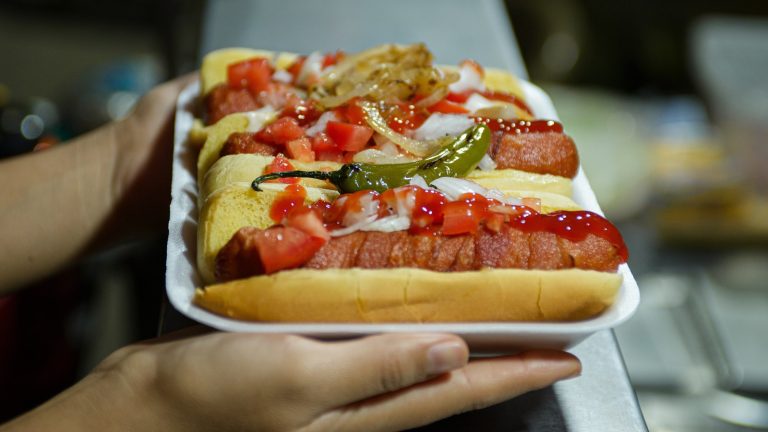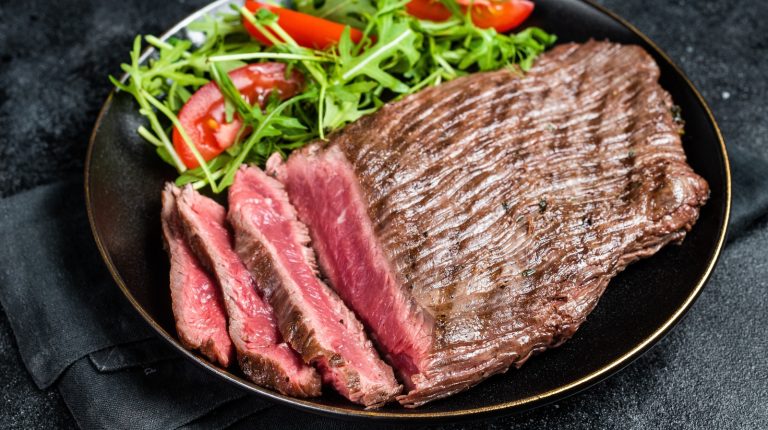All-you-can-eat buffets run the gamut in terms of quality, pricing, and reviews. On one hand, you have the typical Chinese-style offerings you can find throughout the country — nearly 25,000 such restaurants exist, according to IBISWorld. These buffets typically have a few decent dishes, like sweet and sour chicken or fried rice. But they also probably have some questionable sushi, overcooked spare ribs, and dry egg rolls. Then you have the over-the-top $100 buffets you’ll find in cities like Las Vegas or New York City — with endless crab legs, prime rib, lobster tails, and decadent desserts.
But no matter where you eat or what you’re paying, there are certain insider tips about eating at buffets that you need to know. One such potential issue is the restaurant’s waitstaff — specifically, the number of staff members available. It might seem like this isn’t a big deal. After all, you just need some chefs to cook, several servers to refill beverages, and a few waitstaff to set up the food. In reality, it’s actually a pretty good indicator of the quality and safety of the food. When assembling out list of insider tips, Chowhound talked with a couple of expert restaurant consultants to explain why fewer staff could mean more food safety issues.
Fewer staff could mean more food safety issues
Since most buffets are self-serve anyway, it might seem logical to have fewer waitstaff. Maybe the manager doesn’t need that many people. But this is a “cost-cutting mistake,” according to Danny Bendas, a managing partner at Synergy Restaurant Consultants. Keeping the buffet appropriately stocked requires “constant cleaning, replenishment of product offerings, [keeping] surrounding areas neat and clean, all service ware clean and restocked, constant monitoring of product temperatures to ensure all food is safe and wholesome.” Felicia Loo, a food safety management consultant from SFPM Consulting Inc., echoed these sentiments. She explained that “a trained staff can help implement good food safety practices that can prevent foodborne illnesses by segregating cooked and raw foods appropriately and holding food at the right temperature.”
Poor food safety practices is one of the biggest signs of a bad restaurant. But these practices are even more important at an all-you-can-eat buffet, where food might be sitting out longer and more exposed to temperature changes than at a typical establishment. If you’re worried about food safety, the best dishes at a buffet to choose will likely be the most popular ones since those are replaced often and are less at risk from sitting out too long. Hot soups are usually pretty safe as well. If any dairy product, seafood, or meat dish seems lukewarm, then run for the hills.
So you definitely can get good food at an all-you-can-eat buffet for a fair price. Just approach your meal with safety in mind to make sure your lunch or dinner doesn’t turn into an unwanted hospital trip.





